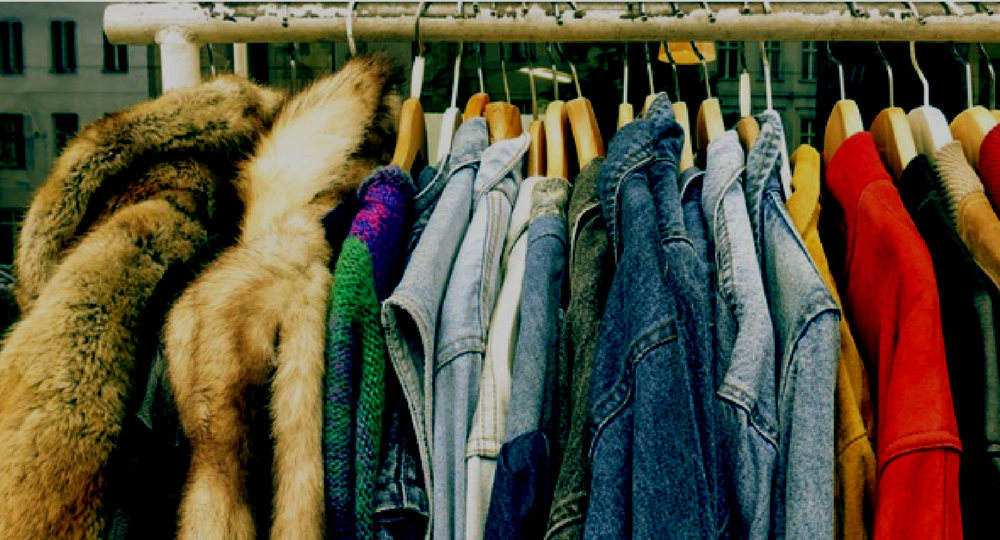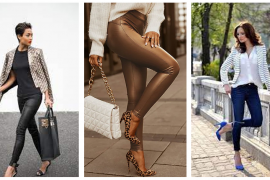People outside the fashion industry think the fashion industry is all bright and rosy and just about the production of the “cool stuff” but on the contrary, there is a dark side to the business. The fashion industry is responsible for a large percentage of pollution in the environment.
According to the Natural Resources Defense Council, the Chinese textile industry, which produces about half of the clothes people around the world buy, creates about 300 tons of soot (a deep black powdery or flaky substance consisting largely of amorphous carbon, produced by the incomplete burning of organic matter) each year. And a single mill in China can use 200 tons of water for each ton of fabric it dyes. Here are some steps towards making our closet more eco-friendly.
Chemical-free Wash
Detergents without chemicals are what we should purchase because they are more environmentally friendly and free from causing health challenges rather than buying those with harsh synthetic chemicals. They both do the same job. To save energy, wash on low heat and line dry.
If you need the help of a cleaner look for one that doesn’t use perchloroethylene (perc), a common chemical used by many traditional dry cleaners. It has been listed as a hazardous air pollutant by the Clean Air Act and a probable human carcinogen by the International Agency for Research on Cancer.
Use Non-Toxic Paint
Have you ever walked into a small freshly painted room, gotten a headache and wondered what caused it? There is a high probability that the smell of paint is the reason. Indoor air is actually three times more polluted than outdoor air and it is seen as one of the top five hazards to human health. Paint fumes are bad for you, as well as the environment, and can be especially intense in small areas, such as your closet. When it’s important to make your closet an eco-friendly space, and you’re looking to put a splash of color on the walls, do yourself and the environment a favor by using non-toxic paint.
Buy locally
Buying locally does not just develop the community but reduces environmental pollution because making local purchases decreases transportation pollution. you do not have to fly around the world to build your wardrobe.
Get information about prospective brands
Whenever you buy a product you automatically give approval to the effort that was put into the production of that item and the environmental practices that were involved. You should find out whether the materials are organic, sustainable, or artisanally made and Look for companies that are transparent about their production processes. Getting information about brands will help us to go for eco-friendly and environmentally friendly products.
Discard properly
To cut down on waste, try not to throw away your clothes when you’re through with them. Instead, hold a swap meet with your friends or take them to secondhand shops and charitable organizations.
Know your fabrics
Hemp, Bamboo, silk, organic cotton, soy, and lyocell are just a few of the natural, eco-friendly fabrics on the market. Before you shop, it’s best to know the properties of each.




